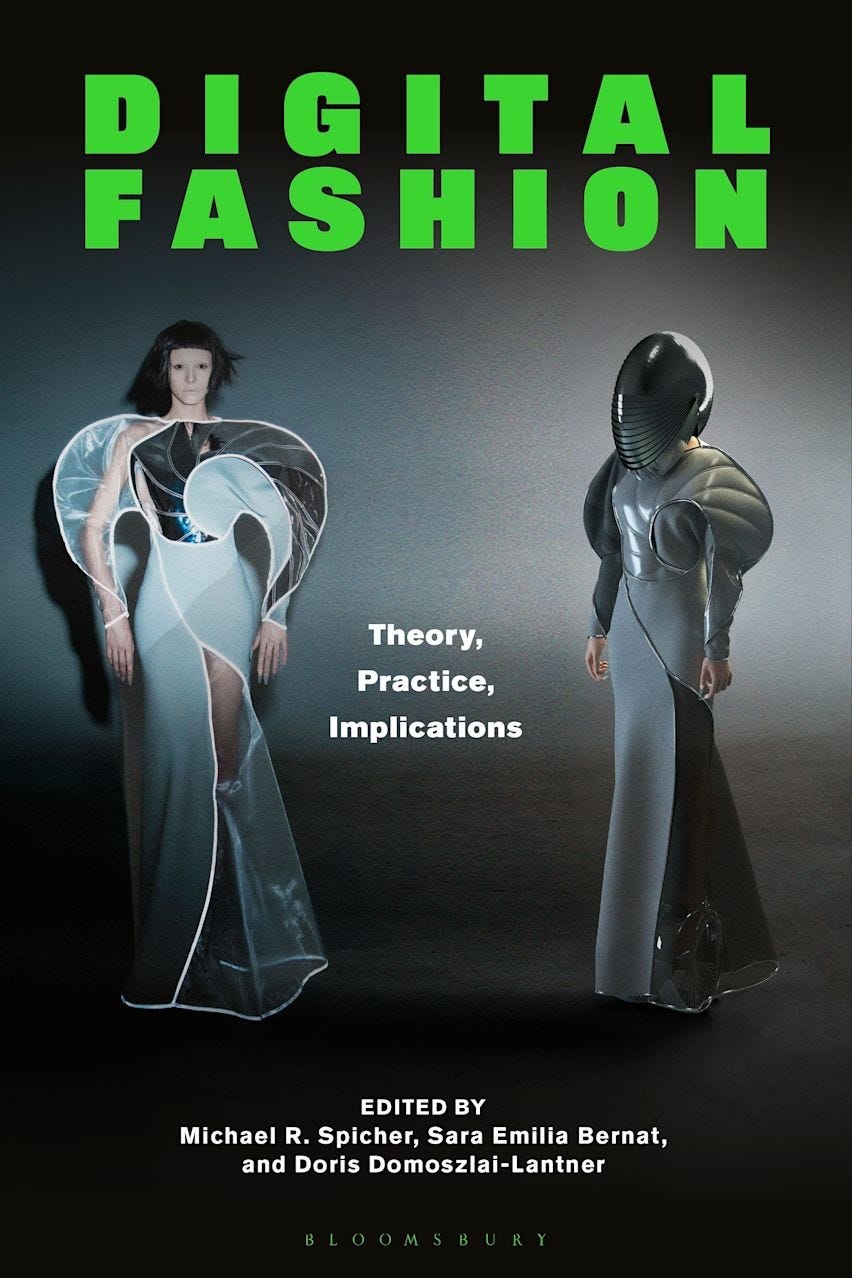Beginning a new job is almost always filled with a sense of excitement, even if other emotions like anxiety present themselves. Like anything new, the initial excitement wanes over time. This is normal. An employee finds their groove in their new position or new company, and eventually it is no longer “new.” It would be truly wonderful if everything was blissful from that point forward, but we know that jobs are not forever and people move on for a variety of reasons.
While people remain at a company, the hope should be that they’re satisfied, at the very least. But we know that’s not always the case. In fact, more people now are dissatisfied at their jobs. Since people like to label events and observations, we recently began to hear about “quiet quitting,” which entered discourse in 2022. It’s a bit of a misnomer because people are not actually quitting their jobs, but they are rather meeting minimal expectations and nothing more. In other words, there’s not a full commitment to the company. Most see this as a positive move, so that people do not work harder without additional compensation.
Trends and their labels move and change at a rapid pace, so we have already coined another phenomenon called “soft quitting.” In a Forbes article, Dr. Diane Hamilton explains: “Employees don’t necessarily reduce their work output, but their enthusiasm fades, their curiosity dwindles, and their emotional connection to their work diminishes.” While quiet quitters more noticeably reduce their efforts, soft quitters more slowly disengage by declining enthusiasm and curiosity and their emotional connection evaporates.
The Aesthetic Solution
To overcome the slip toward soft quitting, Dr. Hamilton claims that companies need to create an environment that fosters an emotional connection. She mentions purpose-driven leadership, helping employees find meaning in their work, and other such things. These are good ideas, and they may work for some or many. However, if the goal is to help employees establish an emotional connection to their work, then why not use something that directly taps into our emotions: aesthetics.
Think about an aesthetic experience you’ve had. Usually when I ask people to describe one, they talk about an experience in nature (e.g., mountains or a sunset) or art (e.g., a Monet painting or Rodin sculpture). While these lofty experiences are truly wonderful, we experience aesthetics continuously in our daily lives. Or, as philosopher John Dewey claimed, there’s an aesthetic aspect to all of our experiences. And we need aesthetic experiences to flourish as human beings.
We spend so much time at our jobs that companies must begin to strategize about how to implement more aesthetic components. This includes but is not limited to spaces. People need color, natural light, pleasant smells, and appealing sounds. But we can also think about artwork. Studies show, for example, that making art can lower your stress level, which if not treated can slip into burnout and depression. Companies could make a space available to create. While this might feel strange at first, the culture of the company could shift if this is encouraged and people feel safe to engage their creative sides.
In addition to creating, people could also be encouraged to look at art. Think about all the companies and offices that have artwork. Do you ever see people looking at those works intently? Probably not (or not often). It is not considered the proper place to contemplate art, so people are less inclined to do it. And it can easily get ignored. Leaders need to allow their employees to feel safe to take some time, when they need it. And those leading a meeting could use a work of art as an opening to generate feelings of safety and camaraderie.
Finally, an employee often feels like they have no power to make aesthetic changes, other than minor changes to their small areas. Some office spaces are uninspiring, and our environments influence our attitudes and behaviors. Employees should feel comfortable (with the promise of psychological safety) to address their concerns about the physical, mental, and emotional environment at their companies. While aesthetics won’t fix every problem, such as an abusive boss or low pay, better aesthetics can significantly shift a work culture and engage the whole person, rather than only someone’s skills ad abilities.
Moving Forward
Quitting, quiet quitting, and soft quitting should give us pause to reconsider our work environments. These are not all effects of the one cause, so there ought to be a multi-pronged approach to resolve or alleviate these forms of quitting. However, aesthetics is usually overlooked as playing any negative (or positive) role in company culture. Studies prove other wise. Art and aesthetics can transform the culture of your company, which is something I help businesses understand, by presenting research and practical steps.
I have some availability for the spring, if you’re interested in having me speak or deliver a workshop. Email at michaelrspicher@gmail.com
Relevant ARL Articles
Performative Beauty and Knowledge by Connaturality
Beauty and Truth in Scientific Research
ARL News
I spoke with Jessica Quillin about luxury and aesthetic experiences on the Fashion Strategy Weekly podcast, aired January 14, 2025.
I spoke with Tony Martignetti on his podcast The Virtual Campfire, which aired on January 6, 2025. We talked about how aesthetics transforms our lives.
Digital Fashion: Theory, Practice, Implications, edited by Michael R. Spicher, Sara Emilia Bernat, and Doris Domoszlai-Lantner, is available for purchase!





